One important place to start caring for the Earth is right in the classroom, which is why Earth Day is such an important event to include in your lesson planning. You’ve probably heard the saying “Earth Day is every day” at some point, but let’s face it: If we are ever going to make that true, it takes getting the youngest generation involved!
With the official Earth Day slated for April 22, there are plenty of ways to get your classroom full of kids excited about being good stewards of our planet. We’ve pulled together some of the Teach Starter teacher team’s favorite Earth Day activities for kids and ways to carry through on the Earth Day theme, plus some of the best ways to help kids connect to the earth and be more sustainable!
What Is the History of Earth Day?
Whether you’re incorporating Earth Day into science, social studies, or ELA this year, talking about the history of Earth Day is ripe for discussion in the classroom. First celebrated on April 22 in 1970, the first Earth Day was founded by Wisconsin Senator Gaylord Nelson and organized by an activist named Denis Hayes who chose the date because it would fall between most colleges’ spring breaks and students’ final exams. The goal was to get youth involved, and it succeeded with protests about the environment at thousands of universities and an estimated 10 percent of Americans taking part in Earth Day activities. The message was clear: Young people care about our planet.
That same year — 1970 — the United States Environmental Protection Agency was created, and environmental laws began being passed in America, including:
- National Environmental Education Act
- Occupational Safety and Health Act
- Clean Air Act
- Endangered Species Act
- Federal Insecticide, Fungicide, and Rodenticide Act
Of course, the Earth Day movement didn’t stop there. By the 1990s, it had gone global, and now more than 190 countries participate — from governments to private citizens, adults to kids. It’s estimated that as much as 95 percent of schools in the US now participate, along with schools worldwide.
Short on time? Head straight for the Earth Day printables!
Earth Day Activities for Kids
Create a Solar System
Photo courtesy of California first-grade teacher Ms. Fuentes
Grab the paint and get kids excited about the Earth’s position within the solar system! First-grade teacher Ms. Fuentes of California completed these beautiful diagrams with her firsties using styrofoam balls, wooden sticks, pipe cleaners, paint and paper. Just keep spinning!
Create an Earth Day Sensory Play Station
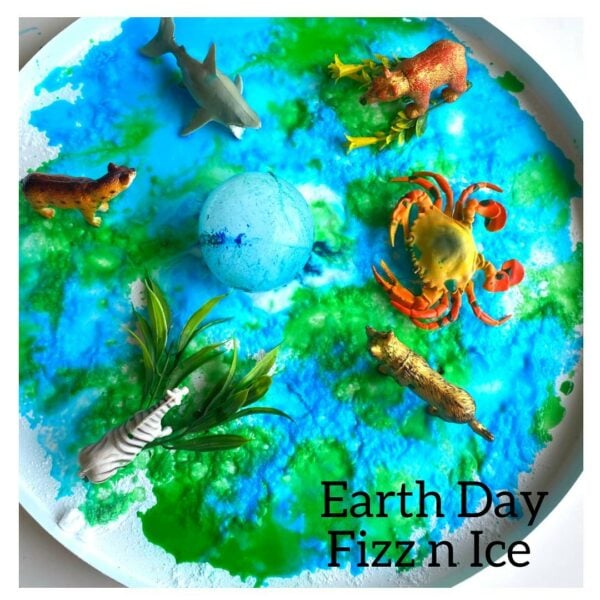
Photo courtesy of parenting advisor and digital creator Aditi
If you work with younger students, consider setting up an Earth Day sensory activity table like parenting advisor Aditi.
To set up an “Earth Day Fizz n Ice” you’ll need to:
- Use a base tray.
- Add baking soda.
- Add plastic animals, plants and other small Earth-related toys.
- Add blue and green food coloring to vinegar to make the fizz and distribute to your students in droppers so they can watch the baking soda fizz and change colors.
If you want a less messy version of a sensory table, try using rice as a base instead of baking soda and skip the droppers with vinegar!
Join the Great Pollinator Habitat Challenge
Earth Day is an excellent day to talk about pollinators with your class. After all, one out of every three bites of food we eat exists thanks to an animal or insect that carries pollen from one part of the flower to another!
Bees, hummingbirds, bats and more play a crucial role in our ecosystem and food production, pollinating more than 75 percent of the world’s flowering plants and around 35 percent of global food crops. Without pollinators, our food supply and the biodiversity of our planet would be severely impacted, and our students are going to play a crucial role in shaping a world where these creatures are protected.
Explore these important animals and insects through the lens of habitats this Earth Day by joining the Great Pollinator Habitat Challenge, part of the Great Sunflower Project run by scientists at San Francisco State University. The non-profit venture encourages Americans to Take a Habitat assessment and make a plan to improve their pollinator habitat.
Plant Seedlings in Decomposable Materials
Planting seedlings is a classic Earth Day activity and a great way to teach students about trees’ vital role in our environment.
Kick things off by looking at the life cycle of a tree — Go through each piece of the life cycle with the students and explain what happens. For example, a seed is planted, the seed sprouts, etc.
This will feed right into a chance to start seedlings in newspaper cups or empty cardboard egg cartons — using items made from trees! Show the students the seedlings, and explain the process of planting a seedling. Demonstrate how to dig a hole, place the seedling in it, and cover it with soil. Explain the importance of watering a seedling regularly and providing it with enough sunlight.
You’ll get a chance to teach your students about decomposition and reusing materials simultaneously with this activity. The tree seedlings can be kept in the classroom for charting growth, then planted in a school garden or taken home for students to plant on their own.
Use our free plant growth chart to help students track progress and a “producer, consumer, decomposer” poster (it’s free too!) to explain the process of how the food chain works and how plants and animals depend on one another!
Get Free Seeds for Your Classroom
- Setting up a butterfly garden at your school? Get free pollinator seeds from the Save Our Monarch non-profit, which focuses on helping the butterfly population.
- Teaching third grade? The Bonnie Cabbage Program will send third-grade classrooms free cabbage seeds for the project, and students can win a $1,000 scholarship for their record-keeping!
- Apply for free seed packs from Rob Greenfield, a non-profit that focuses on reducing food insecurity in the US.
- Teach your students about heirloom variety plants with free seeds from Baker Creek Heirloom Seeds — email [email protected] to apply.
Write Letters to Your Local Congressperson
Give your students a chance to see government in action this Earth Day! Direct older students to write persuasive letters to your local Congressperson asking them to make investing in our planet an anchor of their Congressional activities. Students can choose from some of the topics they’ve learned about in science class, be it renewable resources or the effects of greenhouse gases on our ozone layer.
Collect the letters and mail them in one envelope to your local politician, and see if they respond. Many will, opening up discussions about the impact individual citizens can have — even kids — by being proactive and talking to their politicians.
Connect Your Class Clean-Up to Our Oceans
Planning a clean-up activity at or near your school to celebrate Earth Day? Picking up trash on the playground or at a local park teaches kids about responsibility and being good neighbors. But why not take the opportunity to discuss the impacts of trash on our planet’s oceans?
Teach a lesson on ocean pollution that touches on the impact of trash on the ocean ecosystem and the sources of trash in our oceans. For example, it’s estimated that more than three-quarters of the world’s ocean plastics enter the ocean via rivers and coastlines. Your students may be surprised to learn that no matter where they live — even in land-locked states — their trash could end up as marine debris if not disposed of properly!
Before you head out for a clean-up, show students imagery of the Great Pacific Garbage Patch, located between Hawaii and California, and explain how more than 1.8 trillion pieces of plastic ended up in the patch.
Challenge students to think about solutions to reduce ocean pollution. Have them work in groups to create posters depicting ways to keep the ocean clean, such as recycling, reducing plastic use and participating in beach cleanups. Encourage kids to use creativity in their posters!
You can register your clean-up with the official Earthday.org Clean-up list to access resources for your students and help them feel connected to the global movement, or register the pieces of trash collected with Clean Swell®, a non-profit that works to keep oceans clean!
Set Up Classroom Recycling
Did you know that as much as 78 percent of school waste could be diverted from landfills if schools had recycling and composting plans? Put plans into action with a classroom recycling center this Earth Day!
This makes for a great student-led project. Have students research about recycling centers, what materials can be recycled and what items should not be put in the recycling bin. They can also research the benefits of recycling and how it can help the environment.
Students come up with a design for your class recycling center, or perhaps they can talk to the administration about setting one up for schoolwide use. They can create a sketch or a blueprint that shows what materials they will need and where everything will be placed. Depending on the available resources, the recycling center can be as simple or elaborate as the students want.
Teach Starter Teacher Tip: Set up posters on your bins to remind students where to put recycling and where to put actual trash.
Photo courtesy of DIYer Allison Shaw of Maine
Take classroom recycling a step further with this inspiring Waste Sorting Activity from DIYer Allison Shaw of Maine!
After gathering mini bins from her local dollar store, Allison labeled each with Trash, Recycle and Compost. She also collected toy foods and other small items that would fit into each bin. Students then practiced determining which items were appropriate for each category.
Dive Into Biodiversity
Biodiversity is a hugely important topic, but it’s also pretty complicated (especially for little minds who find the world a pretty big place!). We get it! To give your students a brief introduction, print a Biodiversity Poster to post in the classroom.
Once you’ve taken a look at exactly what biodiversity is, your students will be ready to zoom in on some of the big issues. Add on the Critically Endangered Species Map and some Endangered Species Facts Cards to help your students explore endangered animals.
Animals that have been driven to extinction show just how delicate our world is. Use this resource to discuss how society has negatively impacted animals and their habitats. This is a great place to start a discussion on what action can be taken to stop harming the world’s ecosystems.
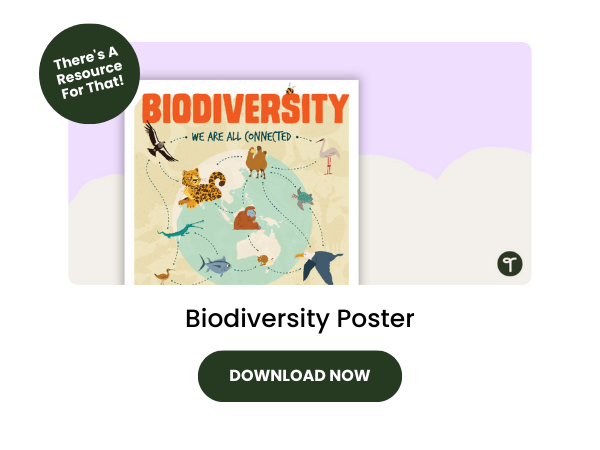 Design a Garden
Design a Garden
A Garden Design Project is perfectly suited for older elementary students and brings in math and design skills, as well as creative thinking. For more advanced learners, take a look at the Develop a Habitat Project.
This ties into your other lessons as an opportunity to contribute to the biodiversity of the school grounds by creating a brand-new habitat for plants and animals. And, of course, one of those designs could be used for a real garden if there’s funding available. The folks at Seed Your Future have a full list of organizations offering grants for educators to add gardens right on campus.
Go to Earth School
Of course, you can always go to Earth School! A collaboration between TEDEd and the United Nations, Earth School invites your students to embark on a whole month of daily quests.
These adventures take you through real-world concepts, from the t-shirt-making process to how food reaches our plates. Help your students develop empathy and connect with nature with interactive resources, videos, quests, and activities.
Combine With National Poetry Month
Doing a poetry unit for April? It is National Poetry Month, after all! So combine the two celebrations for a meaningful writing activity in the class by writing Earth Day acrostics or poems about how to be more kind to Mother Earth!
Share What They Have Learned
Encourage students to demonstrate their new knowledge of different habitats and endangered animals by making a diorama of different habitats, featuring a variety of animals and plants. Students can then present their dioramas to the class, along with information about the unique ecosystems they’ve chosen!



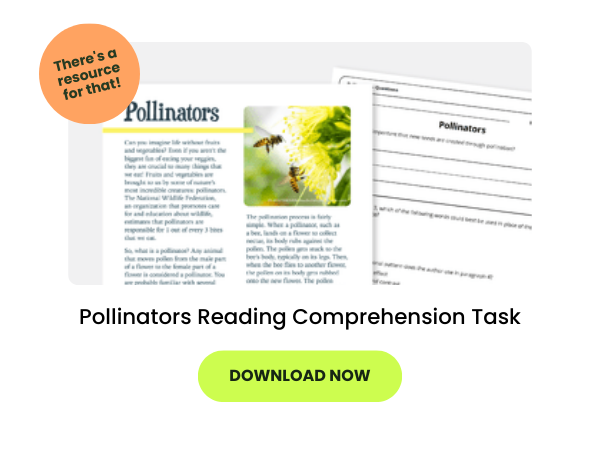
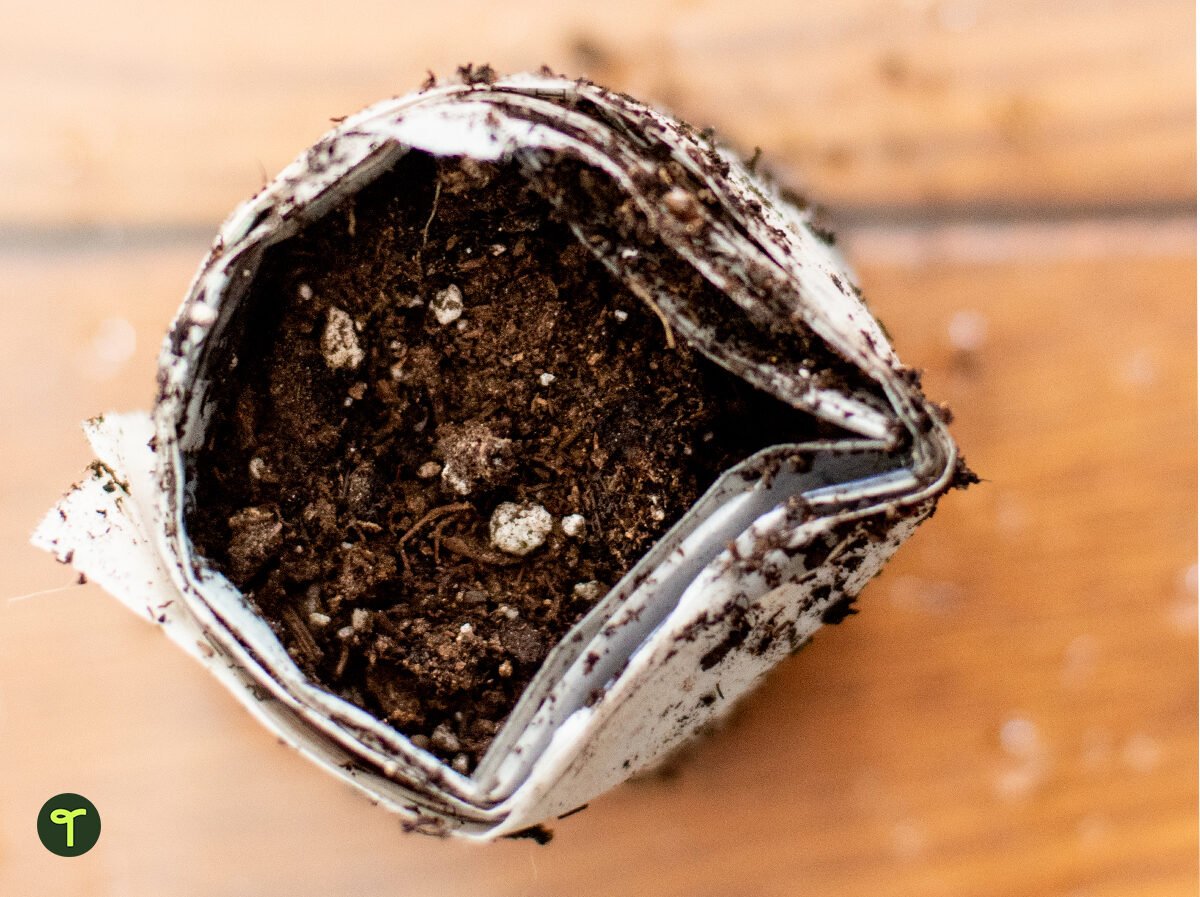
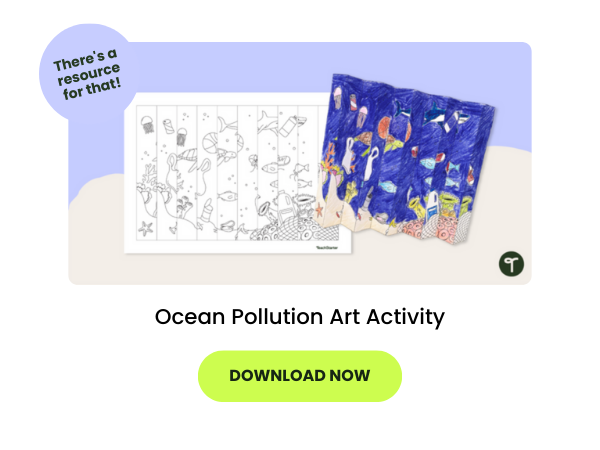
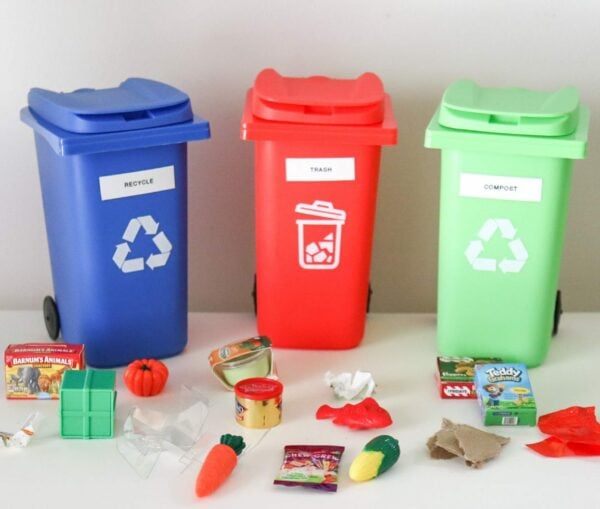
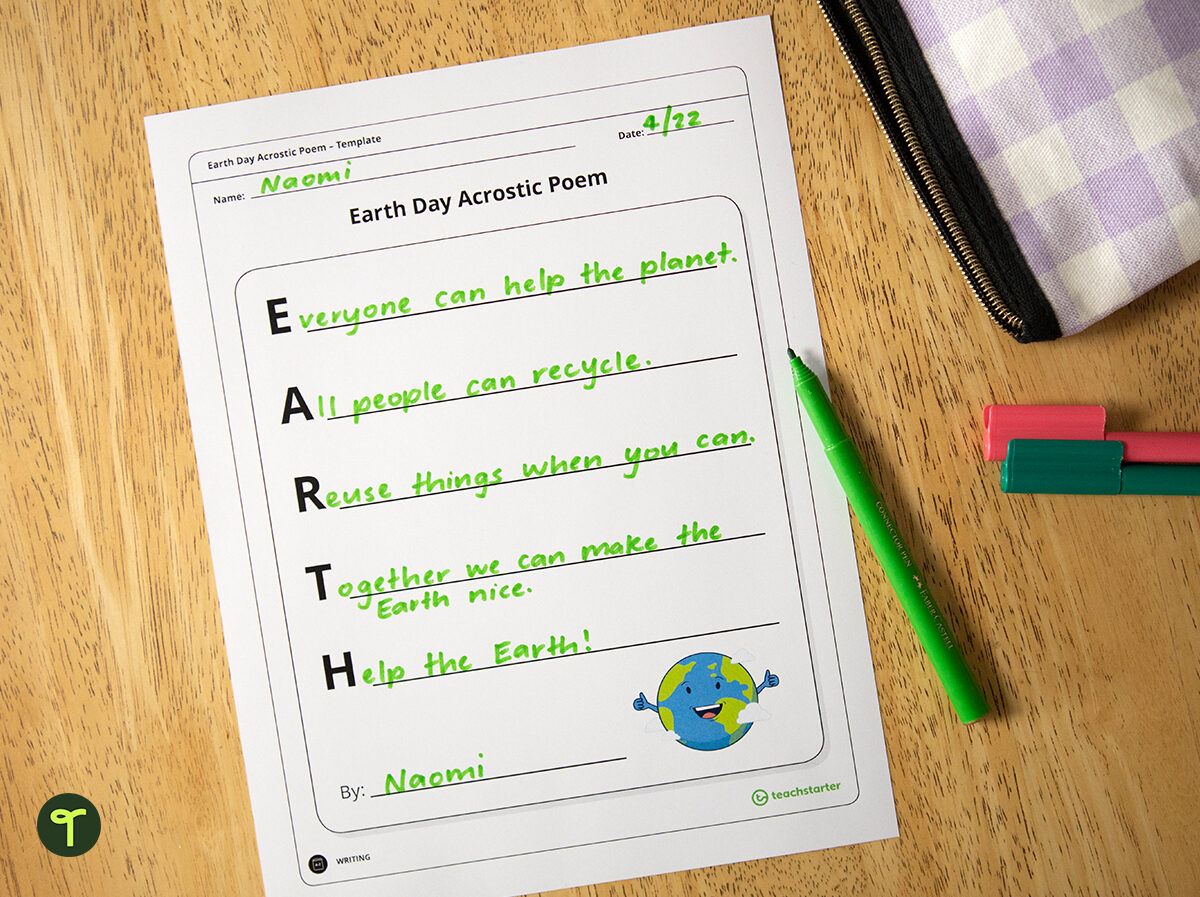
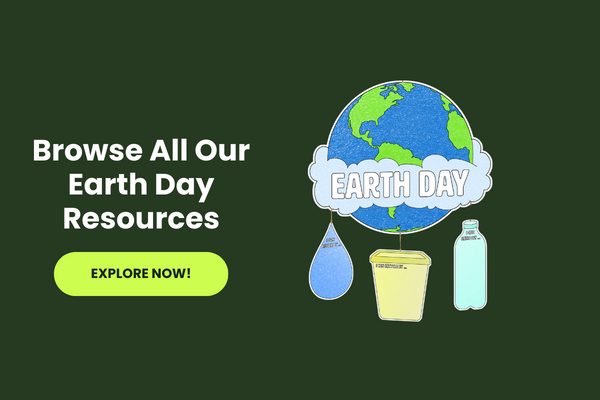






Comments